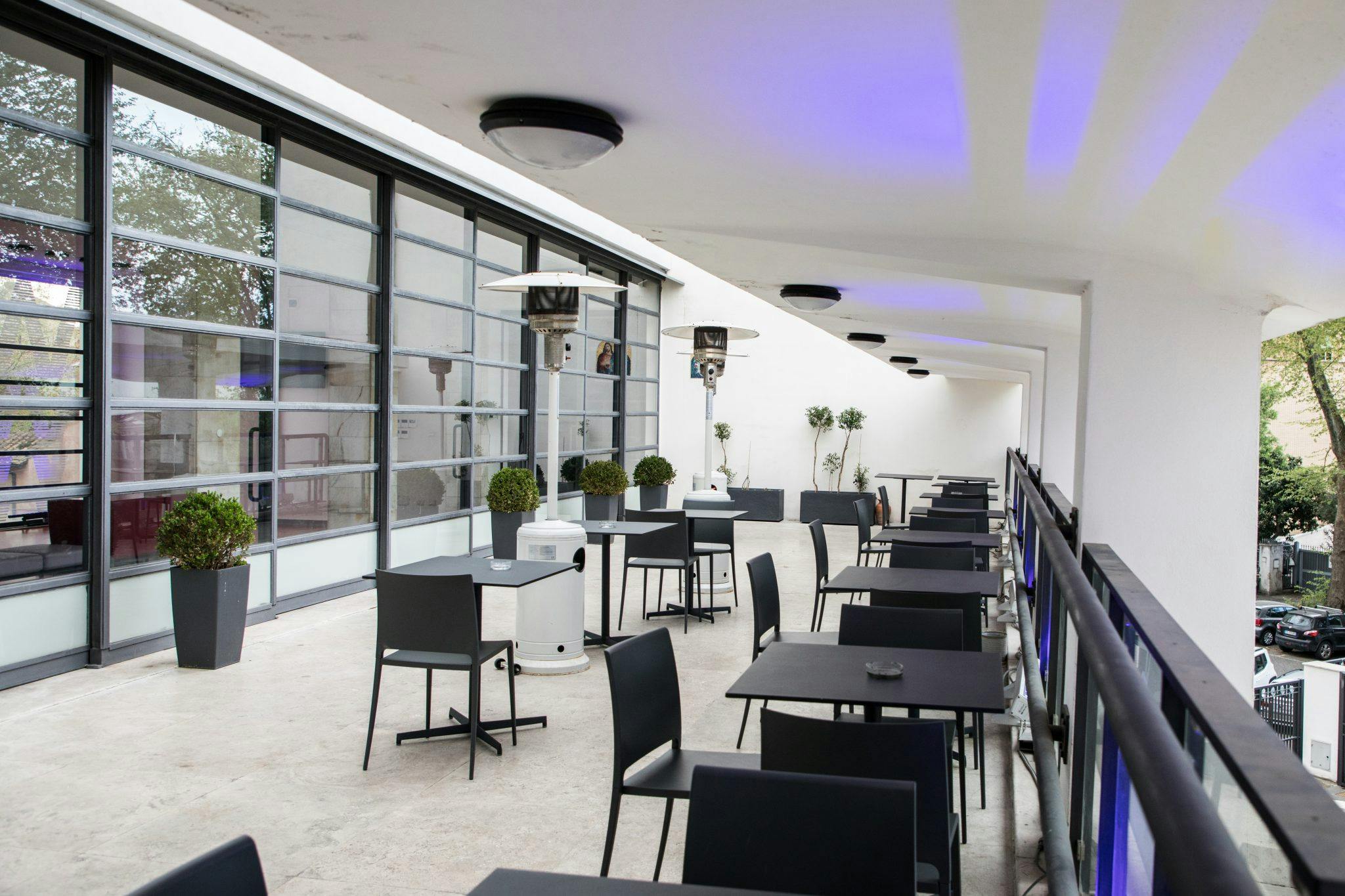Beate Vivo Farm S.r.l.
Viale dell’Industria, 67 - 36100 Vicenza (VI)
C.F. – P.IVA IT 04315080244
Tel. + 39 0444 560246
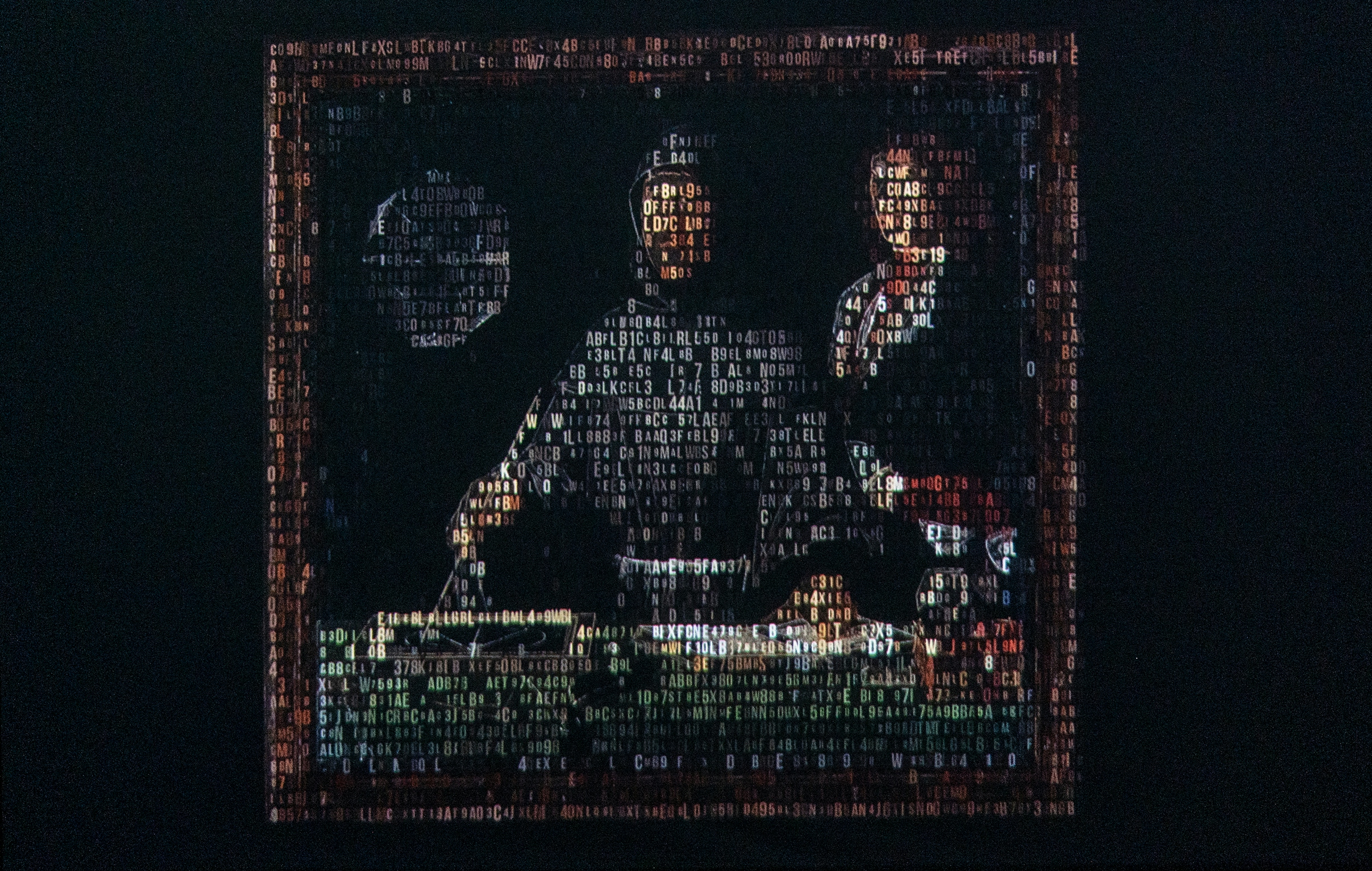
10 July - 18 September 2025
WeGil, Rome
Go to the dedicated section:
THE EXHIBITION
he exhibition La Proporzione Aurea explores the concept of proportion as a search for balance between perfection and complexity, shadow and light, and disenchantment and beauty. Focusing on Luca Pacioli, a symbol of the Renaissance's quest for a universal order, the exhibition, held during the Jubilee Year of 2025, examines how mathematics, art, and architecture have continually redefined the relationship between opposites, such as order and chaos, rule and intuition, and harmony and disharmony.
The exhibition highlights the legacy of Fibonacci, who first discovered the connection between numbers and nature through the famous sequence that bears his name. Based on this idea, Pacioli developed a geometric and cosmological vision of proportion in De Divina Proportione (1509), making it more relevant than ever.
The exhibition is articulated through a dialogue between works by contemporary masters, such as Michelangelo Pistoletto, and young artists, such as Erica Tamborini, testifying to how these ancient insights continue to inspire different artistic practices. Through documents, maps, installations and architectural models, the audience is invited to reflect on the changing character of proportion: a language that, adapting to historical and cultural contexts, still guides our understanding of the world today. Beauty thus emerges not as a static ideal, but as the dynamic result of the tension between order and freedom. The Proporzione Aurea highlights the historical legacy of the Italian approach to beauty. It raises questions about the role of proportion in seemingly unrelated contexts, such as economics and spirituality. In the age of artificial intelligence and advanced technology, it emphasizes the importance of rediscovering human centrality.
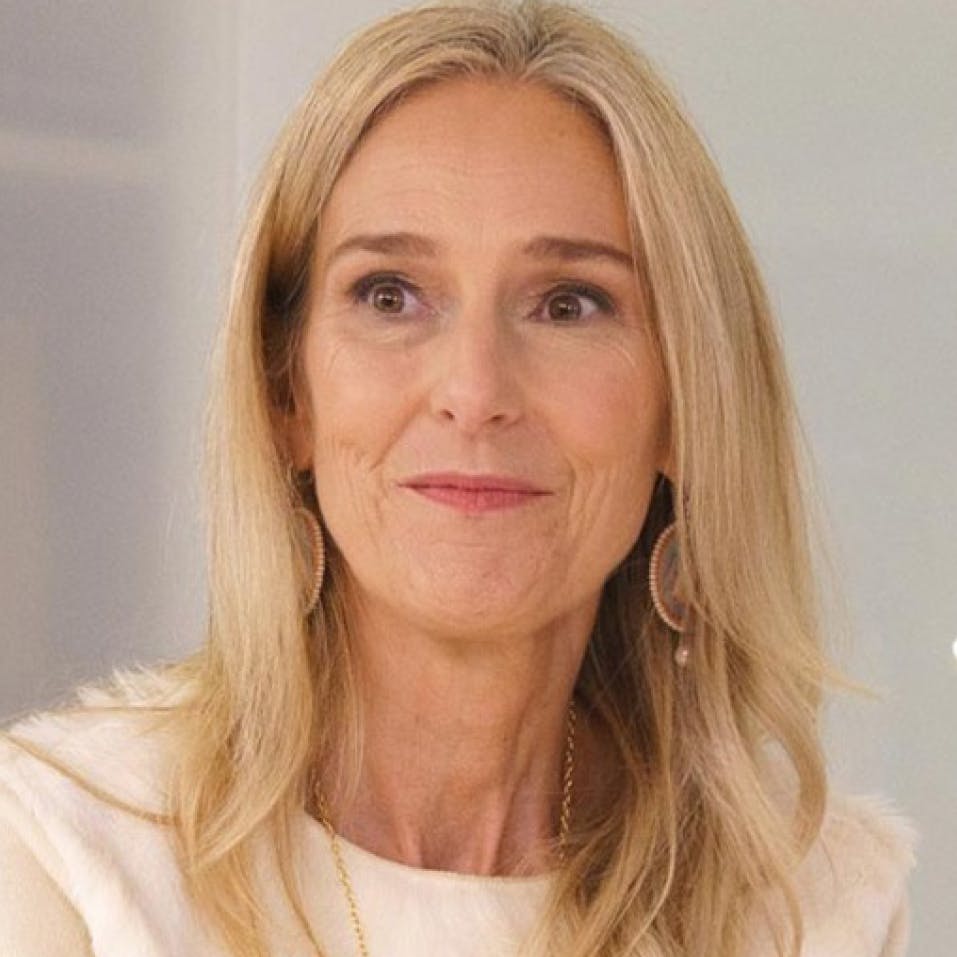
Ombretta Zulian
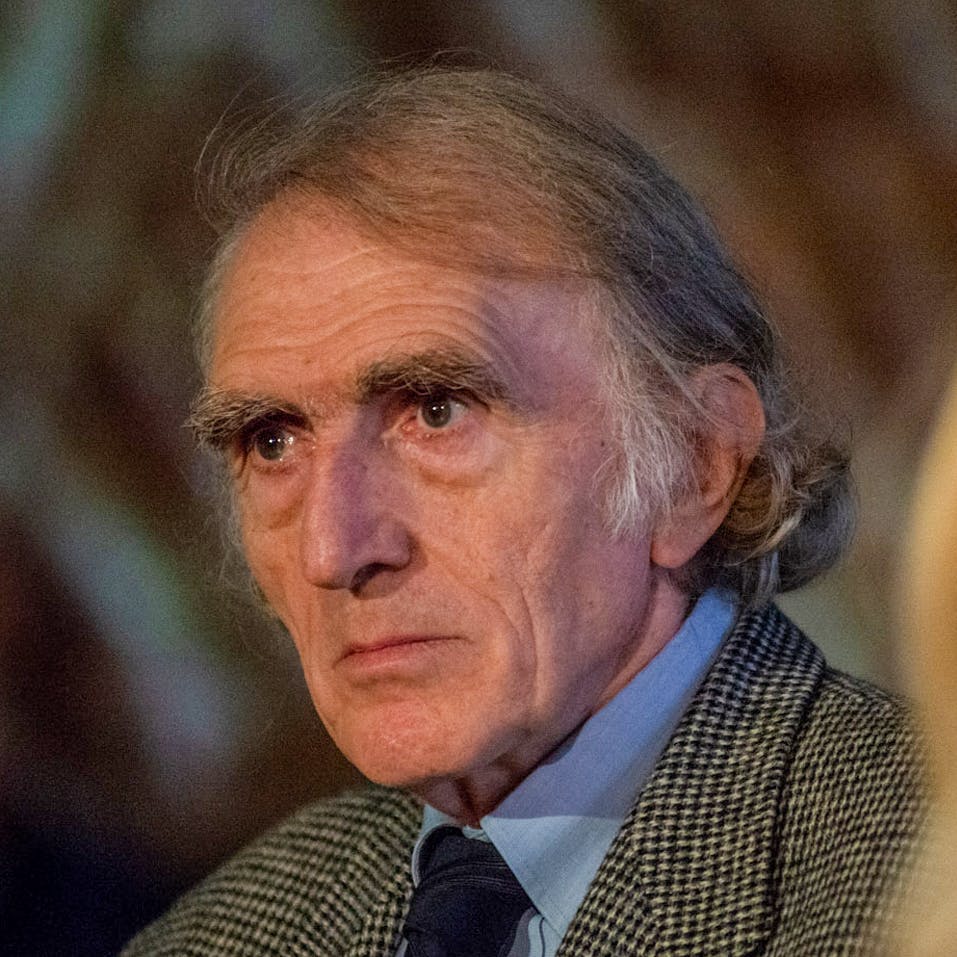
Rolando Bellini
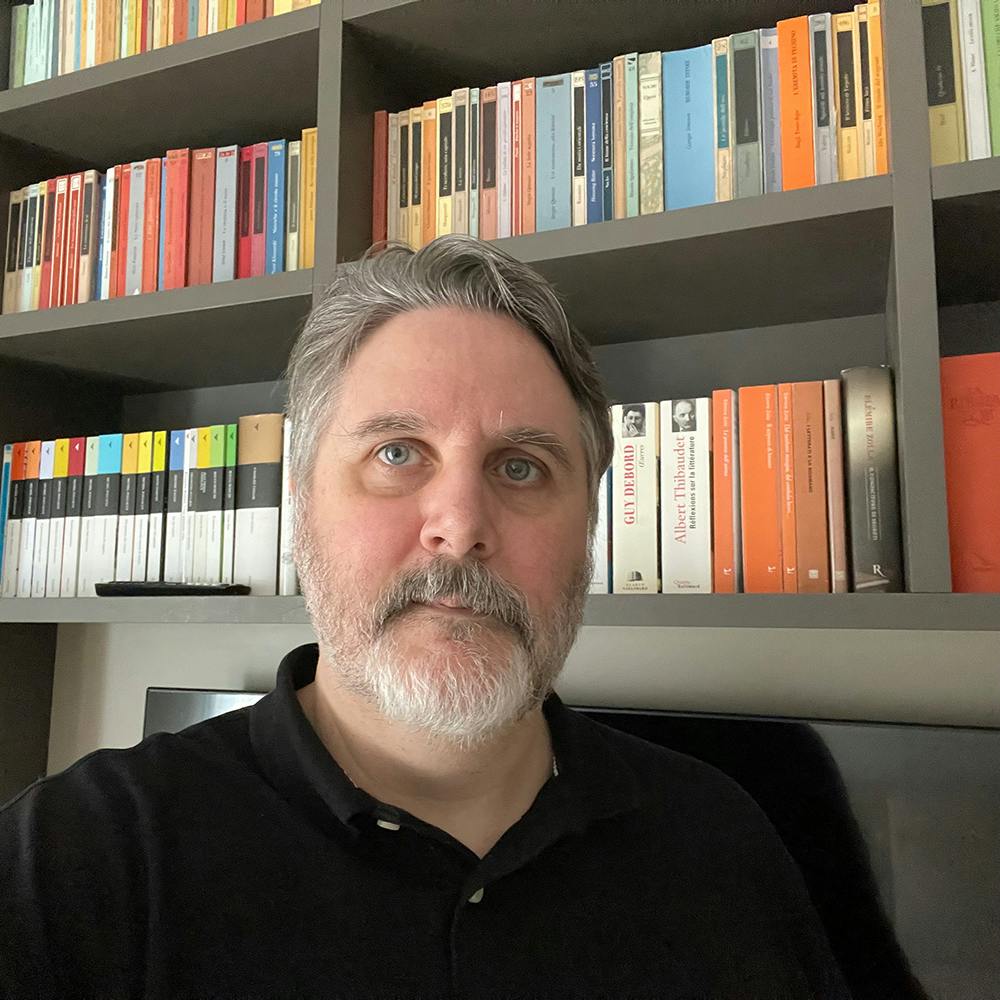
Marco Dotti
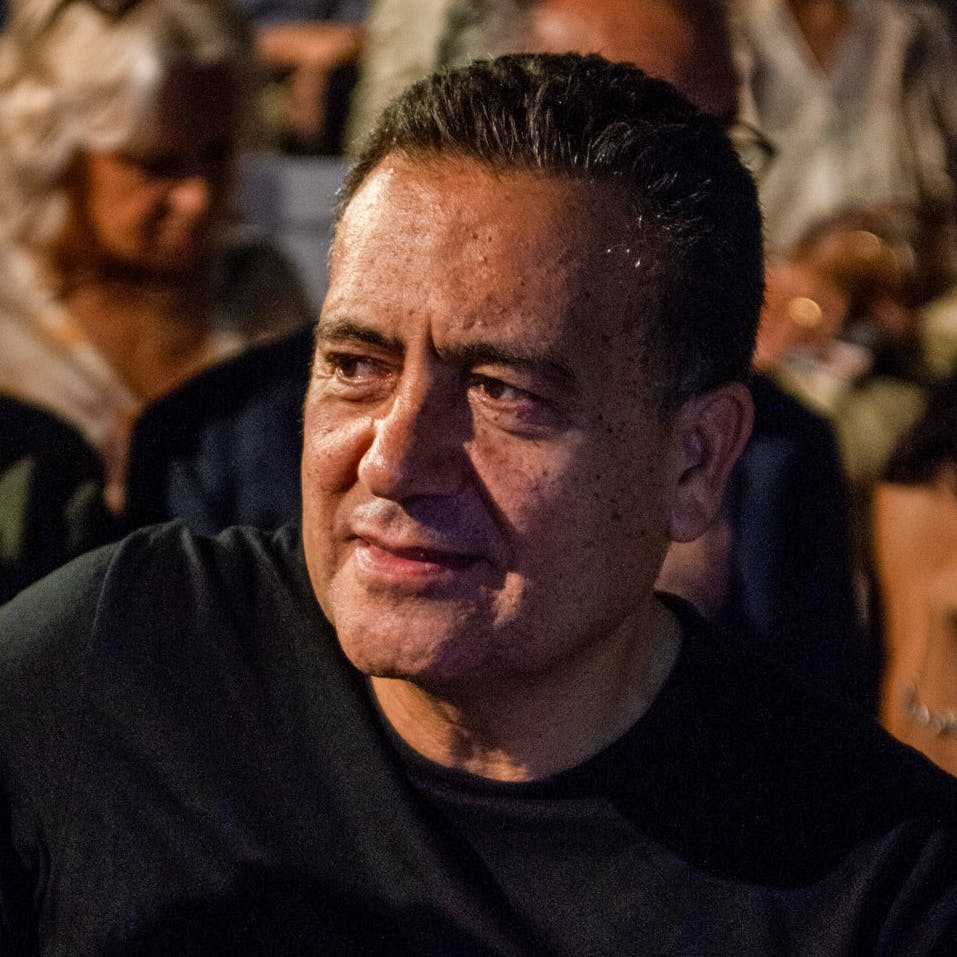
Fortunato D'amico
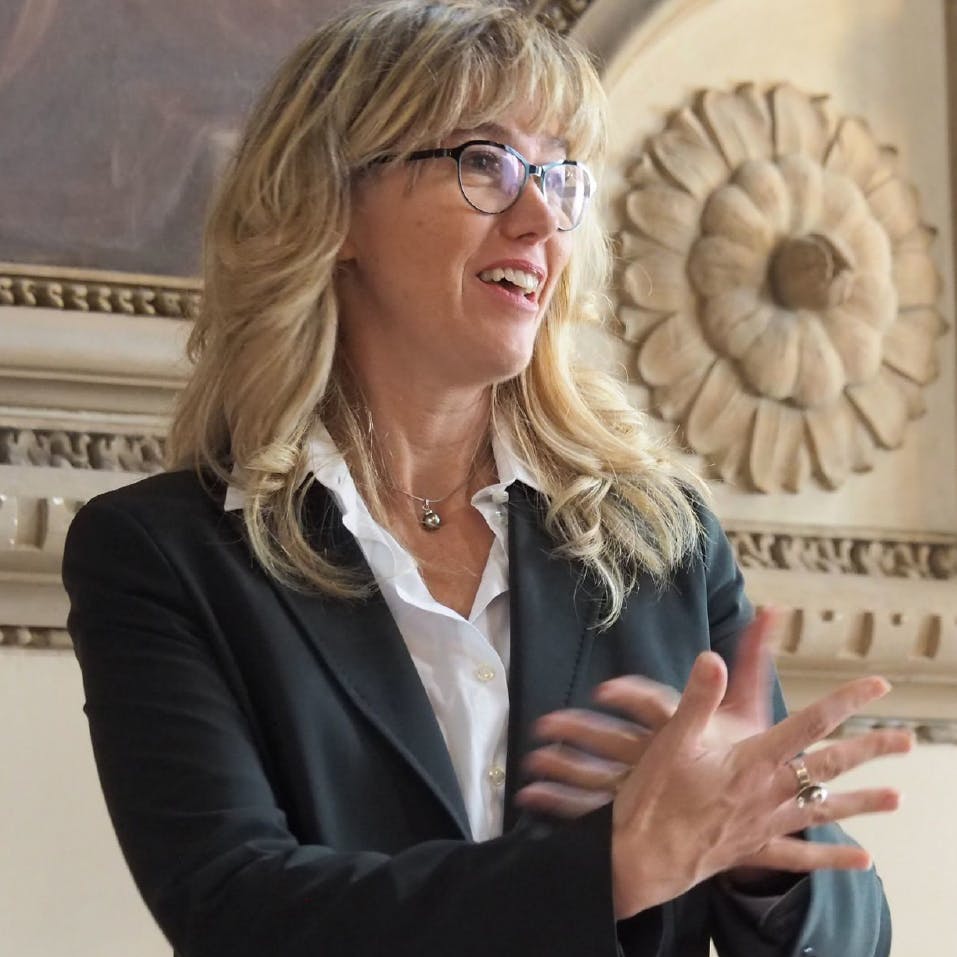
Marcella Gabbiani
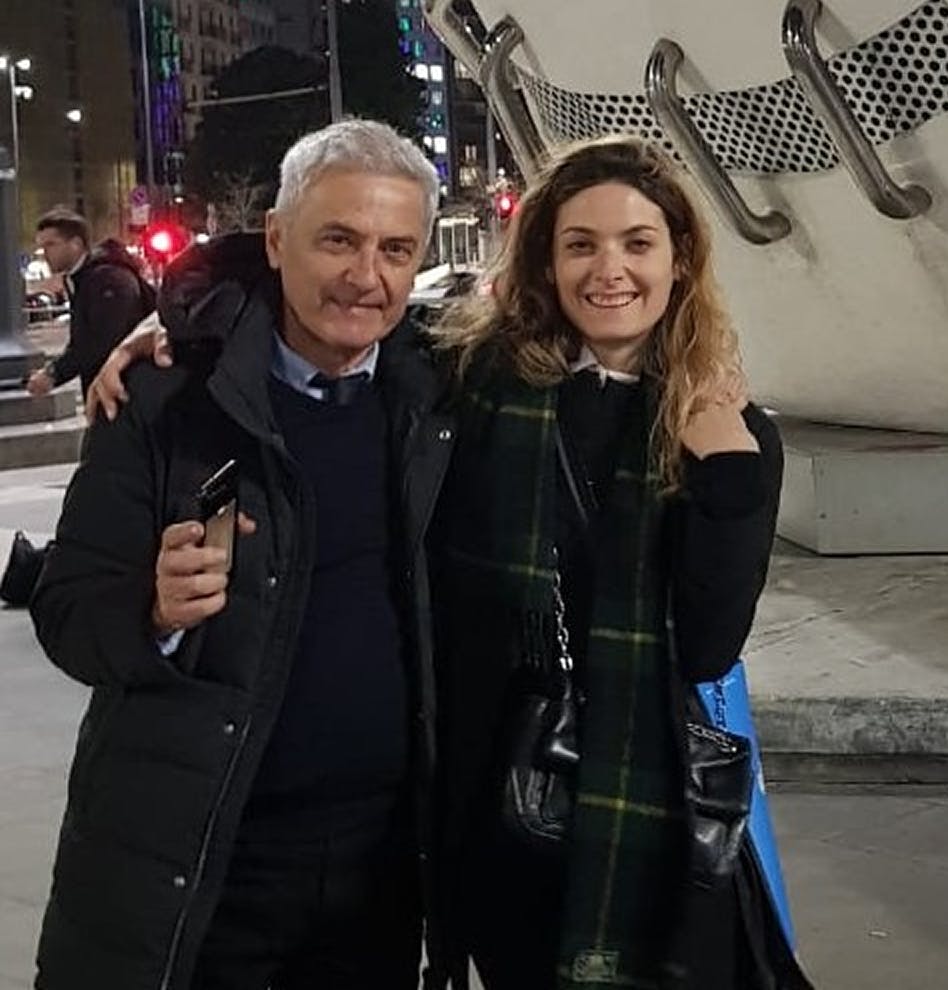
Massimo e Chiara Domenicucci
THE WEGIL VENUE IS A UNIQUE CULTURAL SPACE FOR EXHIBITIONS, EVENTS AND EDUCATION
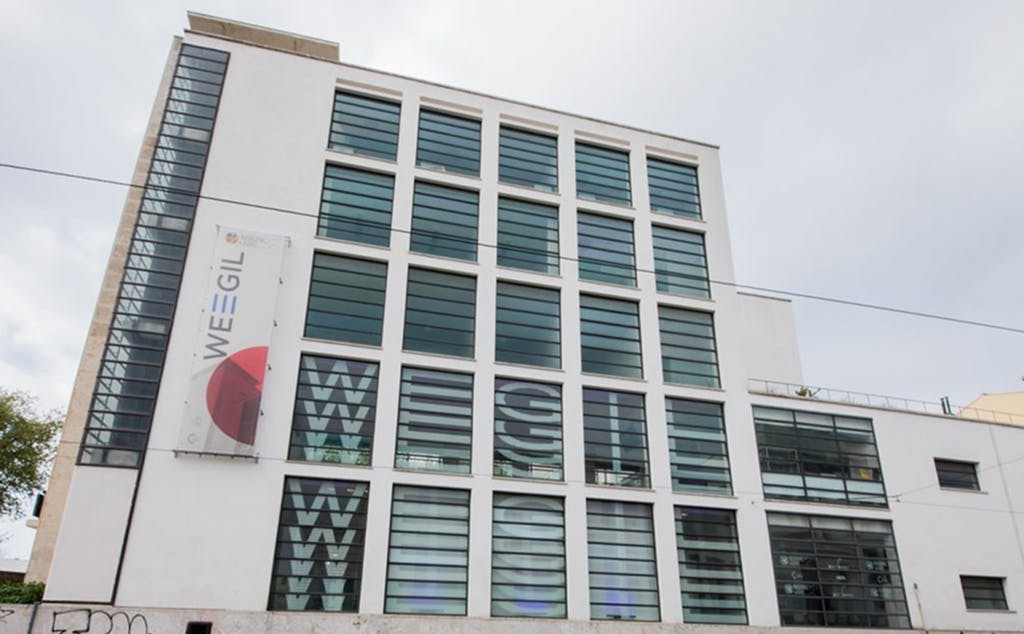
Photographs courtesy of Lazio Crea
WeGil is a multipurpose cultural center located in the heart of Rome's Trastevere district. Designed by architect Luigi Moretti in 1933-and presented at the Milan Triennial V in the same year-the building was inaugurated in 1937 as the Casa della Gioventù Italiana del Littorio (GIL). This building represents an emblematic example of Italian rationalist architecture, characterized by a combination of linear and curved geometric forms, among which the monumental helicoidal staircase connecting the different functional areas stands out.
The essential geometry and streamlined structure of the complex make the WeGil, restored and returned to the public in 2017 thanks to an intervention promoted by the Lazio Region, an ideal venue for La Proporzione Aurea, an exhibition that investigates the link between form, harmony and meaning. In this space, the history of architecture merges with innovation, offering visitors a unique experience in the sign of the balance between past and future.
Commissioned by the Casa della Gioventù Italiana del Littorio (GIL) to the then 26-year-old architect Luigi Moretti, the building was inaugurated in 1937 under the name “Casa del GIL.”
Today the WeGil is a bridge between past and future, where architectural history blends with cultural innovation, offering a unique space to experience culture in the heart of the Capital.
The architect
Luigi Moretti (1907-1973), one of the leading figures in 20th-century Italian architecture, explored the golden ratio as a universal principle of harmony and beauty. For Moretti, proportion was not just an aesthetic criterion, but a tool for generating dynamic and fluid spaces capable of connecting architecture to nature and the human body. In his projects, the tension between formal balance and compositional freedom shows how the golden ratio can become a hidden code to read rhythm and order by linking the tension of the past to the function of the future.
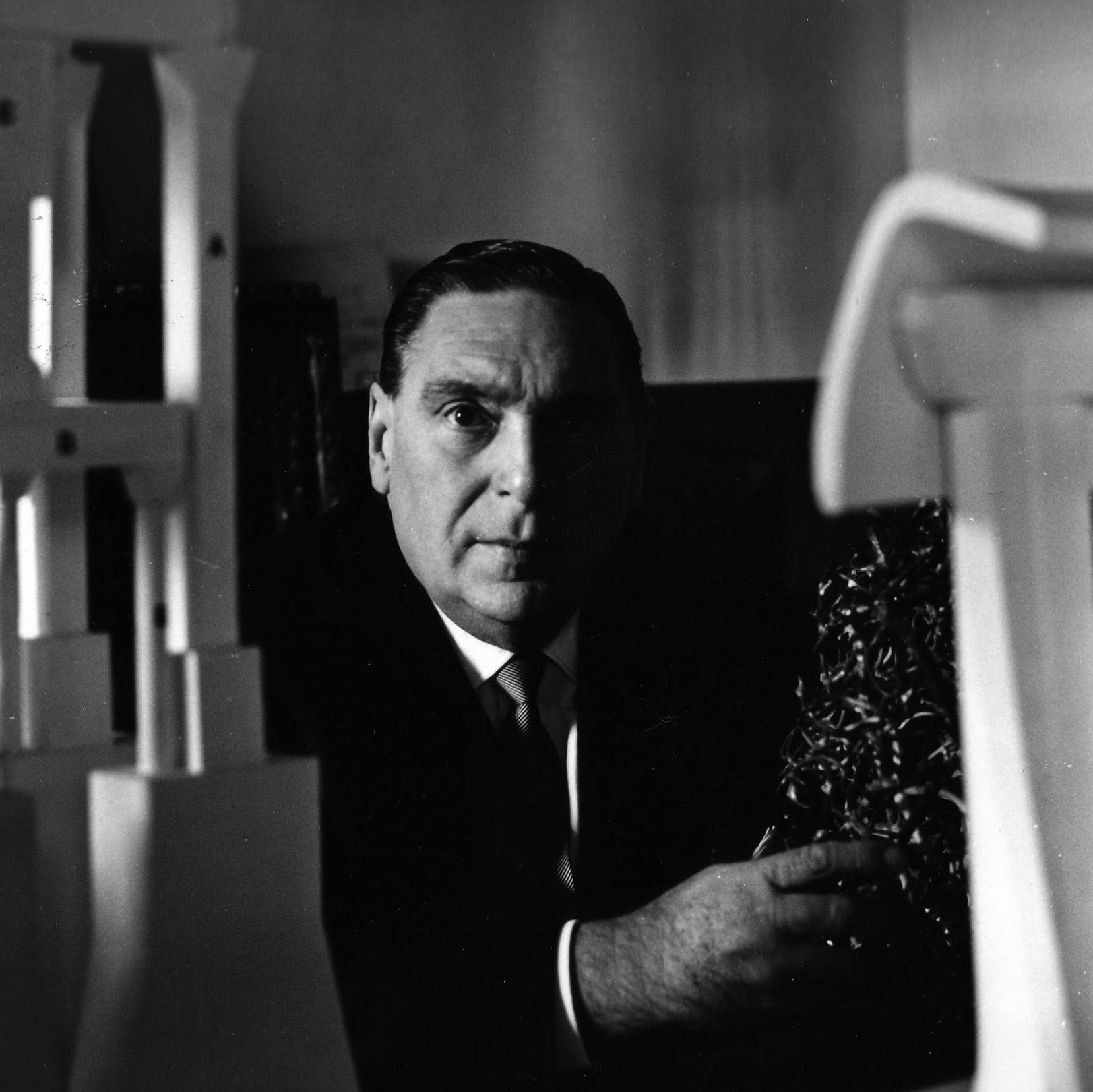
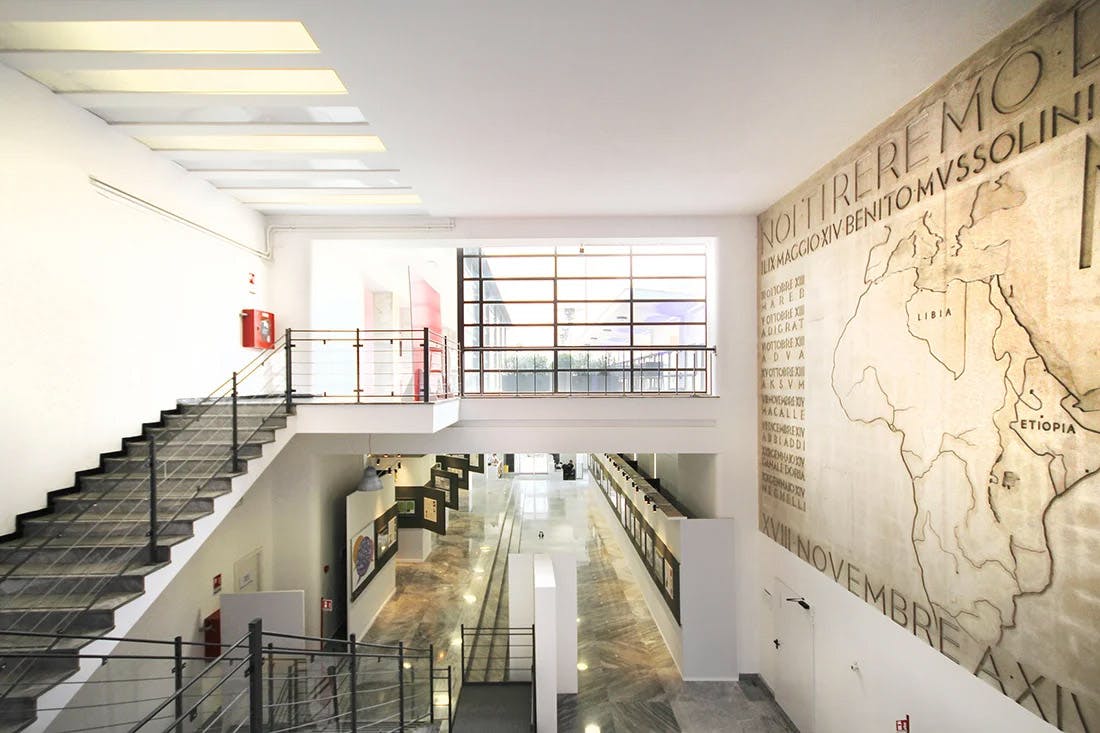
The Artists
- Michelangelo Pistoletto+
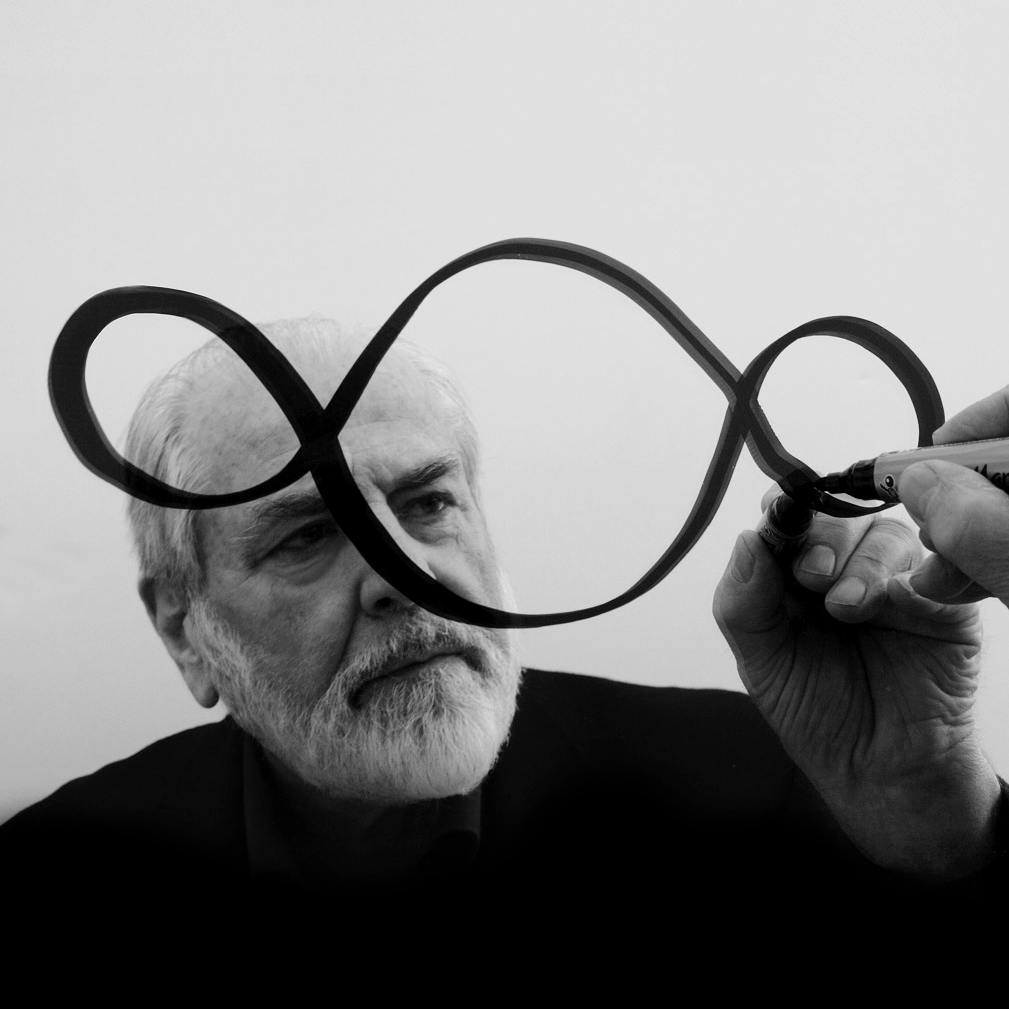
Michelangelo Pistoletto was born in Biella, Italy in 1933. He began exhibiting in 1955 and in 1960 held his first solo exhibition at the Galatea Gallery in Turin. His first early work is characterized by his exploration of self-portraiture. From 1961 to 1962 he created the Quadri specchianti (Mirror Paintings), which incorporate the viewer’s presence and the real dimension of time into the work. These paintings also reverse the Renaissance perspective, which was concluded by the avant-gardes of the 20th century. These works quickly brought Pistoletto international recognition and success. As a result, he held solo exhibitions in prestigious galleries and museums in Europe and the United States as early as the 1960s. The Quadri specchianti formed the basis of his subsequent artistic production and theoretical reflection.
Between 1965 and 1966, Pistoletto produced a series of works titled Oggetti in meno (Minus Objects), which are considered fundamental to the emergence of Arte Povera, an artistic movement of which he is the founder and leading figure. Beginning in 1967, he staged actions outside of traditional exhibition spaces that represented the first manifestations of the “creative collaboration” he would develop over the following decades. This collaboration brought together artists from different disciplines and increasingly broad sectors of society. In the early 1980s, he created a series of sculptures from rigid polyurethane that were later recreated in marble for his 1984 solo exhibition at the Forte di Belvedere in Florence. From 1985 to 1989, he created a series of “dark” volumes called Art of Squalor.
During the 1990s, with Progetto Arte and the creation in Biella of Cittadellarte - Fondazione Pistoletto and the University of Ideas, he put art in active relationship with the different spheres of the social fabric in order to inspire and produce a responsible transformation of society. In 2003, he received the Golden Lion for Lifetime Achievement at the Venice Biennale. The following year, the University of Turin awarded him an honorary degree in political science. During this time, the artist announced the latest phase of his work, called Terzo Paradiso (Third Paradise). - Erica Tamborini+
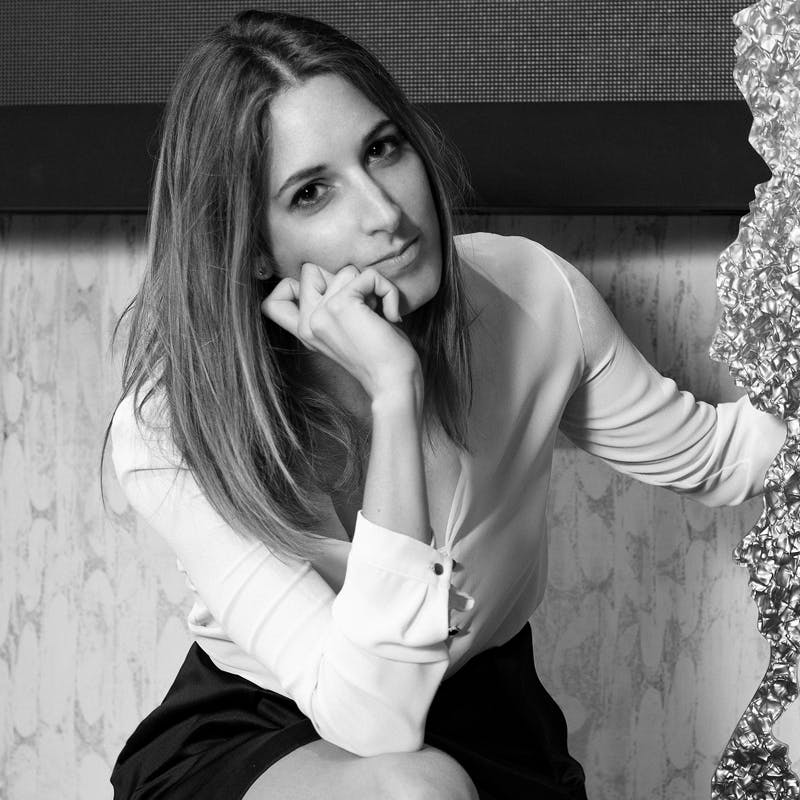
Erica Tamborini (Milan, 1988) has been pursuing an innovative, open project oriented toward dialogue, contamination, and the translation of cultural situations and realities through gesture, action, and artistic design. This project is aimed at affirming a new idea of art. She involves institutions and territorial entities in her artistic and cultural proposals, which are real artistic events that she creates by putting herself at stake personally and using herself as her own instrument of expression. They include: Energy of Space, 2019, a project focused on the coincidence of the celebrations of the 50th anniversary of the first man on the moon and the 500th anniversary of the death of Leonardo da Vinci carried out at the Milan Malpensa Airport for SEA s.p.a under the patronage of the Italian Space Agency and the City of Milan. This project was awarded the Arte, Scienza e Coscienza Prize by the Infinity Foundation (Monaco). Ritorno a Brera (2018) is a trilogy of events sponsored by MiBACT and Regione Lombardia. The events explore the relationship between performance and image and involve the Milanese neighborhood, specifically the Comando Militare Esercito Lombardia, the Biblioteca Nazionale Braidense, the Accademia di Belle Arti di Brera, and the Piero Manzoni Studio. In 2016, for the “C. Cattaneo e G. Preti” Center of the University of Insubria in Varese, she carried out a project dedicated to the emancipatory value of art and culture by donating to the institution a stone work installed at the Aula Magna. She also participated in the Florentine international forum Unity in Diversity in 2015 with a performance and sculptural installation now on display in the Museum of Palazzo Vecchio, Florence. She was invited to participate in the ninth edition of the New Florence Biennale in 2013. Her work is included in private and museum collections in Italy, including the Plastic Art Museum in Castiglione Olona (VA), as well as internationally, including Hong Kong. She has collaborated with numerous artists across different art forms to conceive and curate specific artistic and cultural enhancement projects. Currently, she is exploring the relationship between art and enterprise as an innovative space for art.
- Duccio Forzano+

Pseudonym of Carmelo Forzano, born in Genoa in 1960, is an Italian television director and author. After a career made up of many trades besides that of film maker and director, he was noticed by Claudio Baglioni in the 1990s for producing the video clip (directed by Giacomo De Simone) of Amore dannato, for his ex-wife Paola Massari. Initially, Baglioni wanted him to direct his videos, beginning with Bolero, and later entrusted him with directing his concerts on television. At the same time he works for Mediaset: Verissimo and Real TV - Eroi per caso. In 2000, he directed the first edition of Giorgio Panariello's show Torno sabato, Fabio Fazio's Ultimo Valzer, Fiorello's four editions of Stasera pago io, then returned to Mediaset with Paolo Bonolis and again to Rai with Gianni Morandi and Vincenzo Salemme. He also lived a cinematic interlude in 2003, directing 23, a comedy with the Ditelo voi. From 2005 to 2016 he directed the Rai 3 program Che tempo che fa again with Fazio. In 2006 he made his stage directing debut at Teatro Sistina with the musical comedy Squali - Una storia vera un sogno from an idea by Alberto Luca Recchi, written with Paola Conte and starring Alberto Luca Recchi with Giulia Ottonello, Carlo Ragone and Beatrice Luzzi. In 2019, he wrote (with Lorena Guglielmucci and Gianni Salvioni) and staged the play L'Angelo Bugiardo dedicated to Lucio Dalla, which debuted at the Teatro Comunale in Cagli and was subsequently taken on tour (suspended after the first dates due to limitations caused by Covid-19). He also occasionally devotes himself to university seminars in television directing. He is director of the 2010, 2011, 2013, 2014, 2018 and 2019 editions of the Sanremo Festival. Also for Fazio, he oversaw the direction of Vieni via con me on Rai 3 in 2010 and Quello che (non) ho on LA7 in 2012. He directed the Eurovision Song Contest 2022, held May 10-14, 2022 at the PalaOlimpico in Turin, together with Cristian Biondani. For Relazionésimo he created the installation Dall’Eden al deserto in 2022.
- Angelo Bonello+
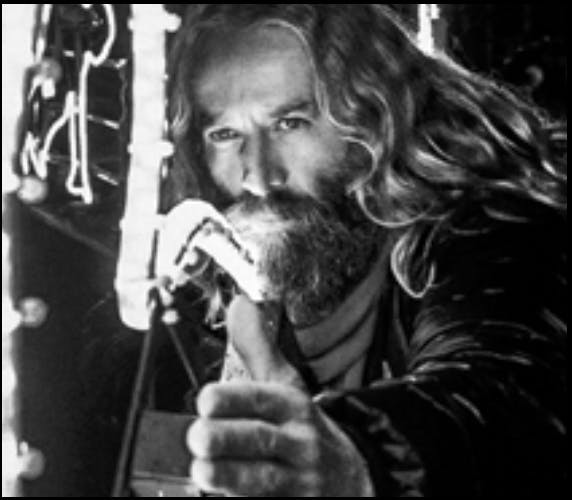
Angelo Bonello was born in Turin in 1971. He has been interested in painting and sculpture since childhood under the guidance of impressionist artist Sergio Manfredi. Later he met artist Antonio Carena from whom he learned abstract and conceptual arts and then landed in Techno-Art with artist Piero Gilardi.
In the 1990s he embarked on a long journey of research in nature, cultures and art. While studying, he explored forests, climbed mountain ranges, and discovered and experienced the world's great cities such as Barcelona, Paris, Beijing, Bogota, Dubai, Rio de Janeiro, and many others. He takes a parallel interest in the visual arts with a focus on new performance and multimedia trends and in sports, contemporary circus, mountaineering and aerial disciplines. Angelo Bonello conceives urban space as a large stage that hosts environmental performances and light installations that fit perfectly into the landscape, bringing Land Art to a dreamlike plane. He elaborates a visual sensibility and a stylistic figure based on the dimensional distortion of the scenic space and the landscape. A stage that in addition to the horizontal plane also includes aerial projection.
In 1997 he settled in Rome where he met Alberta Nunziante and together they founded Kitonb Project. He continues to explore the wildest corners of the world, but Rome is the place where he thinks and creates more than fifty projects, carried out in forty countries around the world. Since 2014 he has also been very active in television as Artistic Director of Italia's Got Talent, Telethon, and The Voice, all very successful programs. - Jacopo Gonzato+
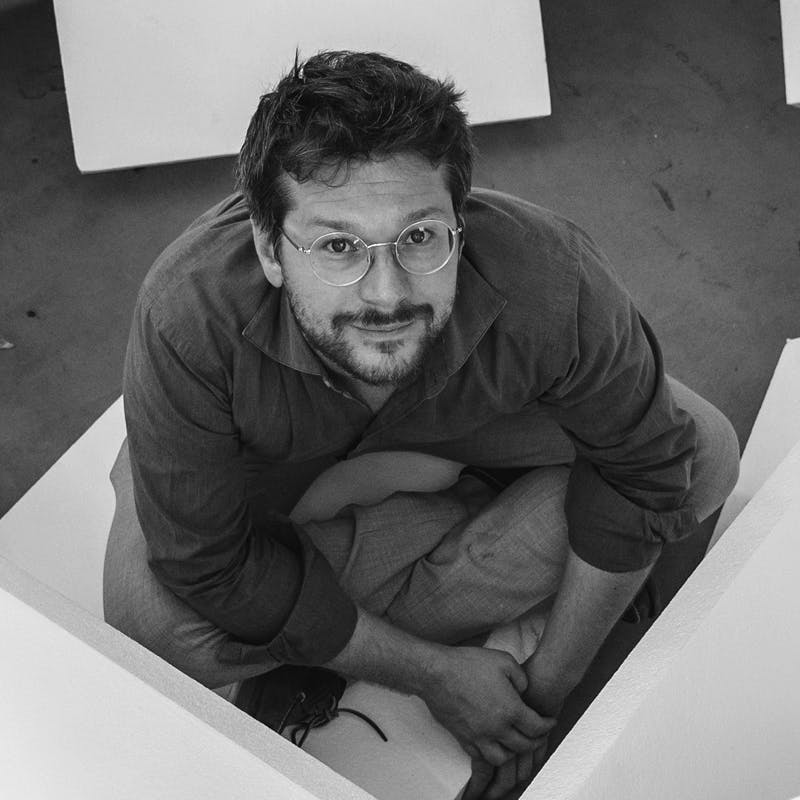
Jacopo Gonzato, a visionary architect born in 1988 in Vicenza, Italy, stands out for his revolutionary approach in the field of sound design. With prestigious academic training from IUAV in Venice and Pontificia Universidad Católica de Chile, Gonzato holds a double degree that blends different approaches and methods. His professional career is characterized by constant experimental research, starting from the perfection of platonic solids to explore new frontiers in harmonic forms. His project “Geometries of Sound” represents the culmination of this research, aiming to reformulate the rules of sound diffusion.
Animated by the motto “Traditio, Innovatio, Proportio,” Gonzato has dedicated years of experimentation and prototyping since 2012 to develop a holistic vision that integrates design, philosophy, materials and technology. This structured vision is the foundation for attracting collaborations, managing resources, and advancing purposefully toward set goals. His aspiration is not only to innovate, but to establish a new paradigm in sound design through a path that is both experimental and rooted in proportion and balance.
His collaboration with Galleria Rossana Orlandi and participation in international exhibitions such as NOMAD have further established his reputation in the global design scene, demonstrating his ability to merge art and design in a creative dialogue that transcends traditional boundaries.
- Matteo Riva+
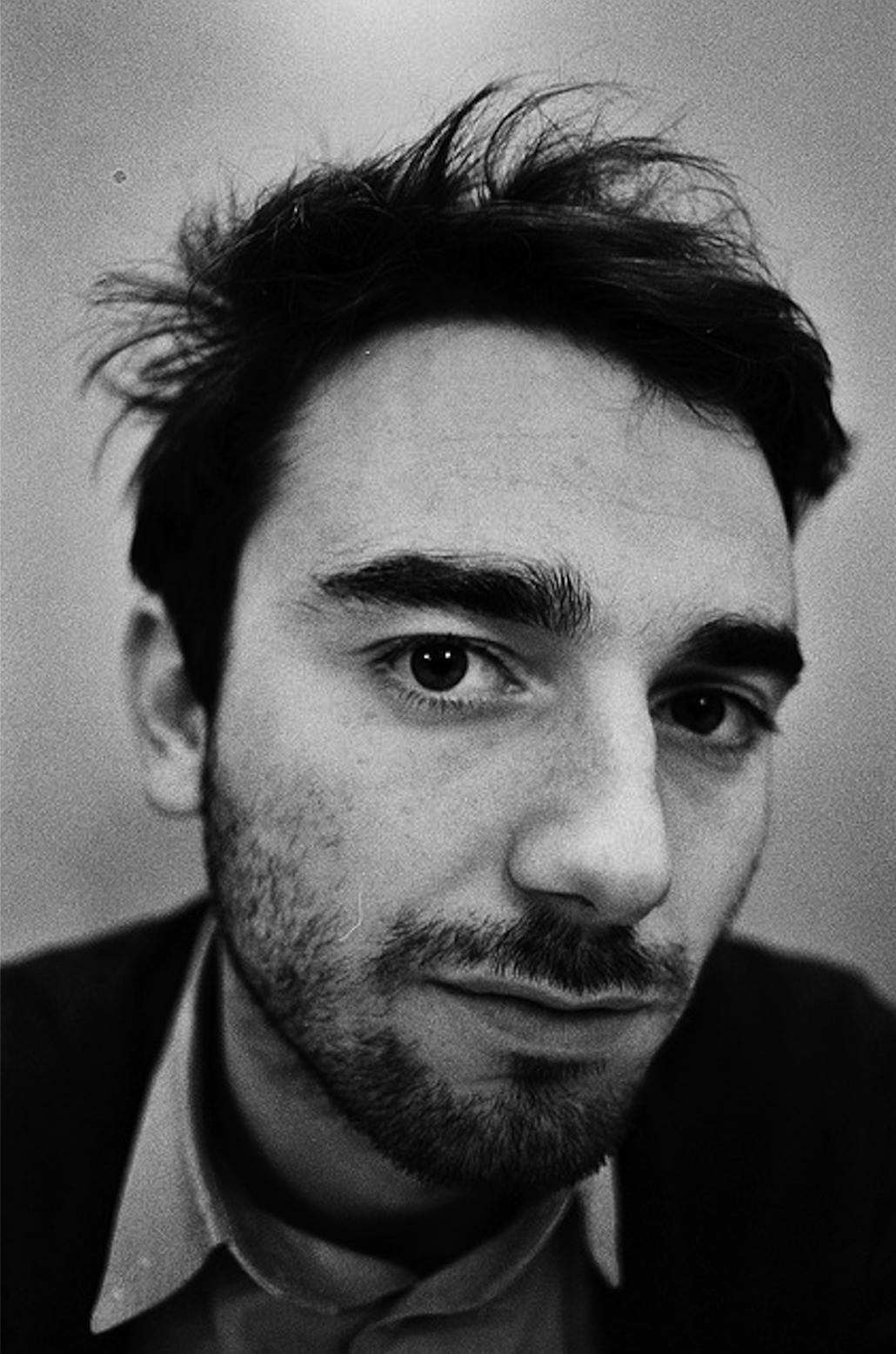
Matteo Riva is a multidisciplinary information designer and illustrator with a strong attention to detail. After graduating from the Politecnico di Milano, he began numerous collaborations mainly focused on visual representation, such as infographics and maps. He currently works as a designer for magazines, newspapers, agencies, and studios, and also serves as art director and visual journalist for VITA, the Italian magazine dedicated to the non-profit sector.
He is a professor of Information Design at the Politecnico di Torino. Over the past eight years, he has taught illustration and visual design at IED Turin, visual journalism at LUMSA University in Rome, and data visualization at IULM University in Milan. He has also worked as a teaching assistant in urban studies at the Politecnico di Milano, and has taught at the University of Florence (UNIFI) and the International School of Comics in Padua.
Among his main clients are: Axel Springer, Chronicle Books, Corriere della Sera, Fast Company, La Repubblica, Mondadori, Monocle, Slow Food Editore, and Wired.
- Ludovica Sitajolo+
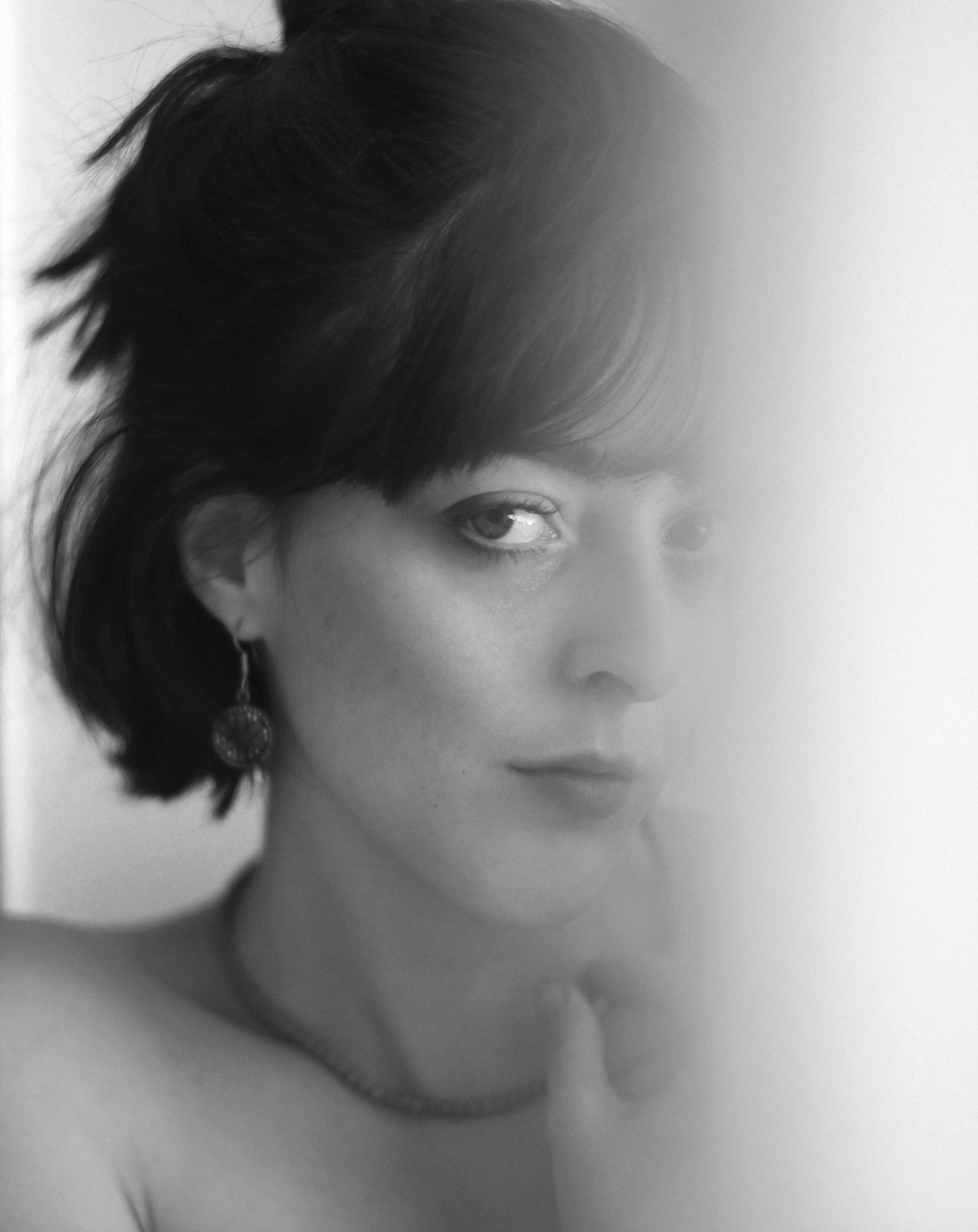
Born in Rome in 1995, Ludovica Sitajolo is a contemporary artist specializing in immersive installations that explore themes of freedom, pollution of dialogues between time and space through the use of light. Her works are characterized by a constant interplay of stratification and decomposition of reality, where time is transformed into emotion, creating a captivating transition between imagination and reality.
She graduated from an art high school and then continued her studies in London, where she lived for five years. There, she attended the pre-academic program at Kensington and Chelsea College, majoring in fine art. She then earned a degree in fine art and mixed media at the University of Westminster, where she explored conceptual thinking through immersive installations. Ultimately, she graduated from the film photography course at Centro Sperimentale di Cinematografia in Rome, where she delved into the life of the moving image and the three-dimensionality of light.
Throughout her career, Ludovica has exhibited her works in prestigious contexts, including the Florence Biennale, the Biblioteca Nazionale Centrale in Rome, the Archivio Centrale dello Stato in Rome, the La Vaccheria exhibition space which has three works on display, la nuvola di Fuksas, la centrale Montemartini, and many others. Over the years she has collaborated with curators such as Fortunato D’Amico, Massimo Domenicucci, Michele Amici and others. In 2024, she participated in Fondazione Pistoletto's artist residency, city of art, during which she created a site-specific public installation in the town of Monte Isola, in the province of Brescia. Recently, she completed an artist residency curated by Tommaso Strinati in Montalto delle Marche, where she created four site-specific public installations.
Through contemporary art, Ludovica Sitajolo continues to push her own boundaries, pointing her gaze toward an ever-changing reality.
The Works
faq
What are the days and opening hours of the exhibition?
+The exhibition is open daily from 10 a.m. to 7 p.m. (see wegil.it for real-time updates)
How much is the entrance fee to the exhibition?
+Admission to the exhibition is free.
Is it possible to access the bookshop without entering the exhibition area?
+There is a permanent bookstore in the WeGil building at the entrance that can be accessed without entering the exhibition area.
Is the exhibition accessible to wheelchair users?
+Yes, the exhibition area is wheelchair accessible
May I bring my pet inside?
+No, inside the WeGil Palace it is forbidden to be accompanied by animals of any size or kind.
Can I visit the exhibition with a group?
+Yes, it is possible. Access to the exhibition is free during the WeGil building's opening hours.
LA PROPORZIONE AUREA THE BOOK
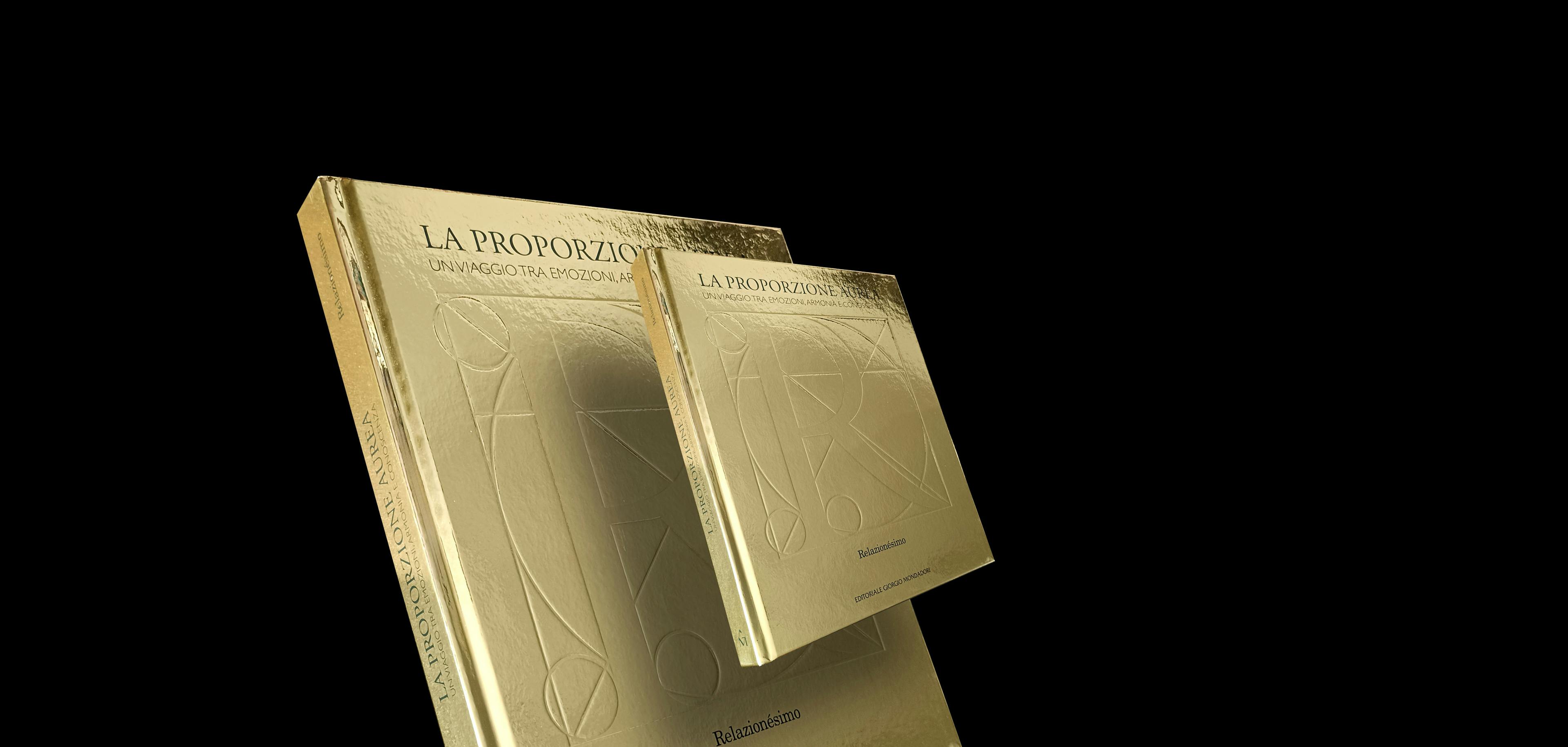
This publishing project interweaves art and research to explore the golden ratio's potential as a key to understanding the world and human relationships. Featuring contributions from artists and scholars, this volume takes readers on a multidisciplinary journey through the concepts of harmony, balance, and universal beauty. Images from the eponymous exhibition, held in October 2023 at the Basilica Palladiana in Vicenza — a masterpiece of world architecture — enrich and amplify the experience.
Artists included: Michelangelo Pistoletto, Jacopo Gonzato, Angelo Bonello, Erica Tamborini, Matteo Riva, Paolo Marangon, Dies_, Giovanni Caccamo and Duccio Forzano. Texts by Rolando Bellini, Fortunato D’Amico, Marco Dotti, Marcella Gabbiani, Ketty Panni and Ombretta Lucia Zulian.
under the patronage of
Sponsor
Organize your event during the exhibition La Proporzione Aurea
Host a conference or private event with a guided tour
